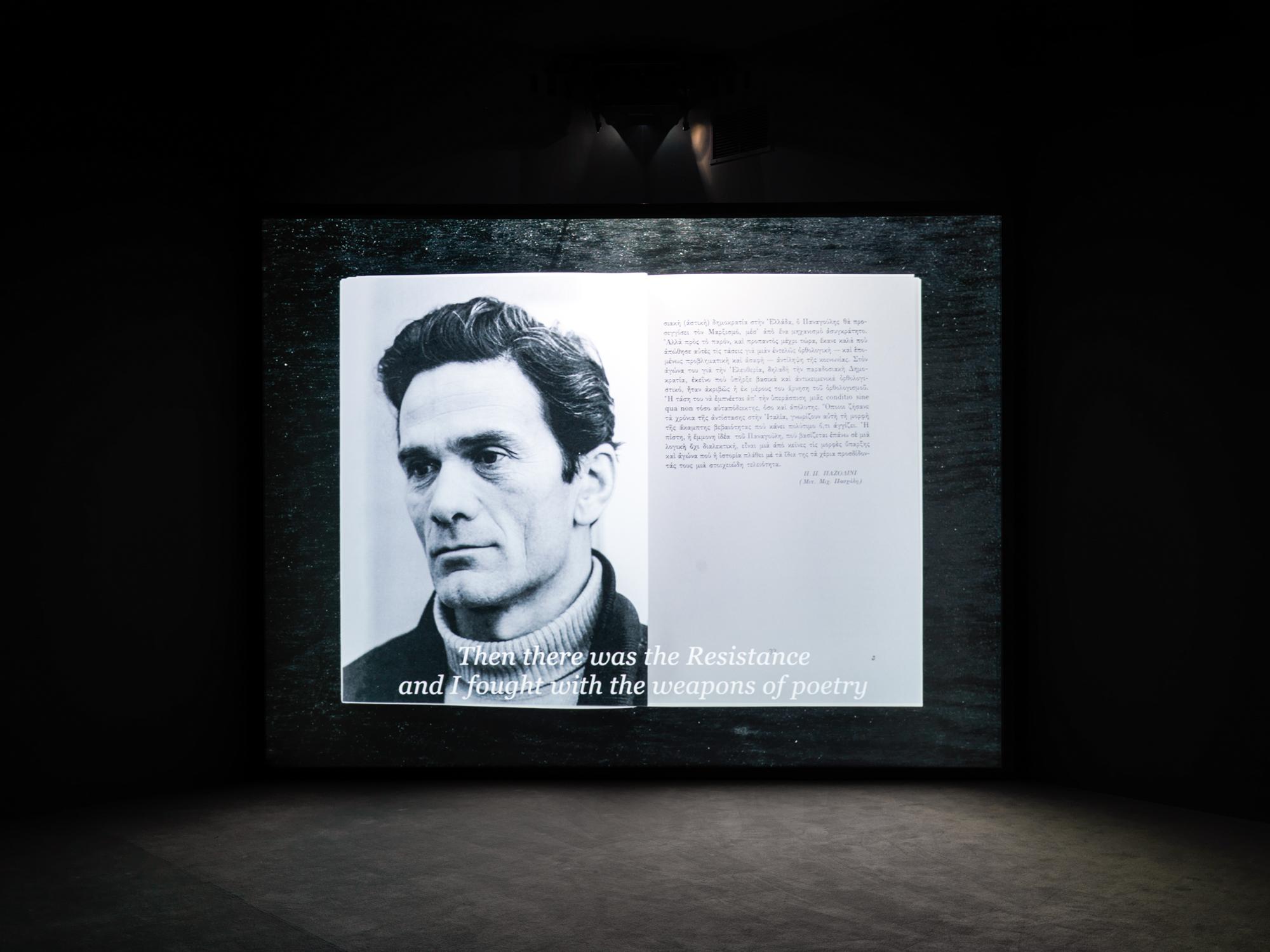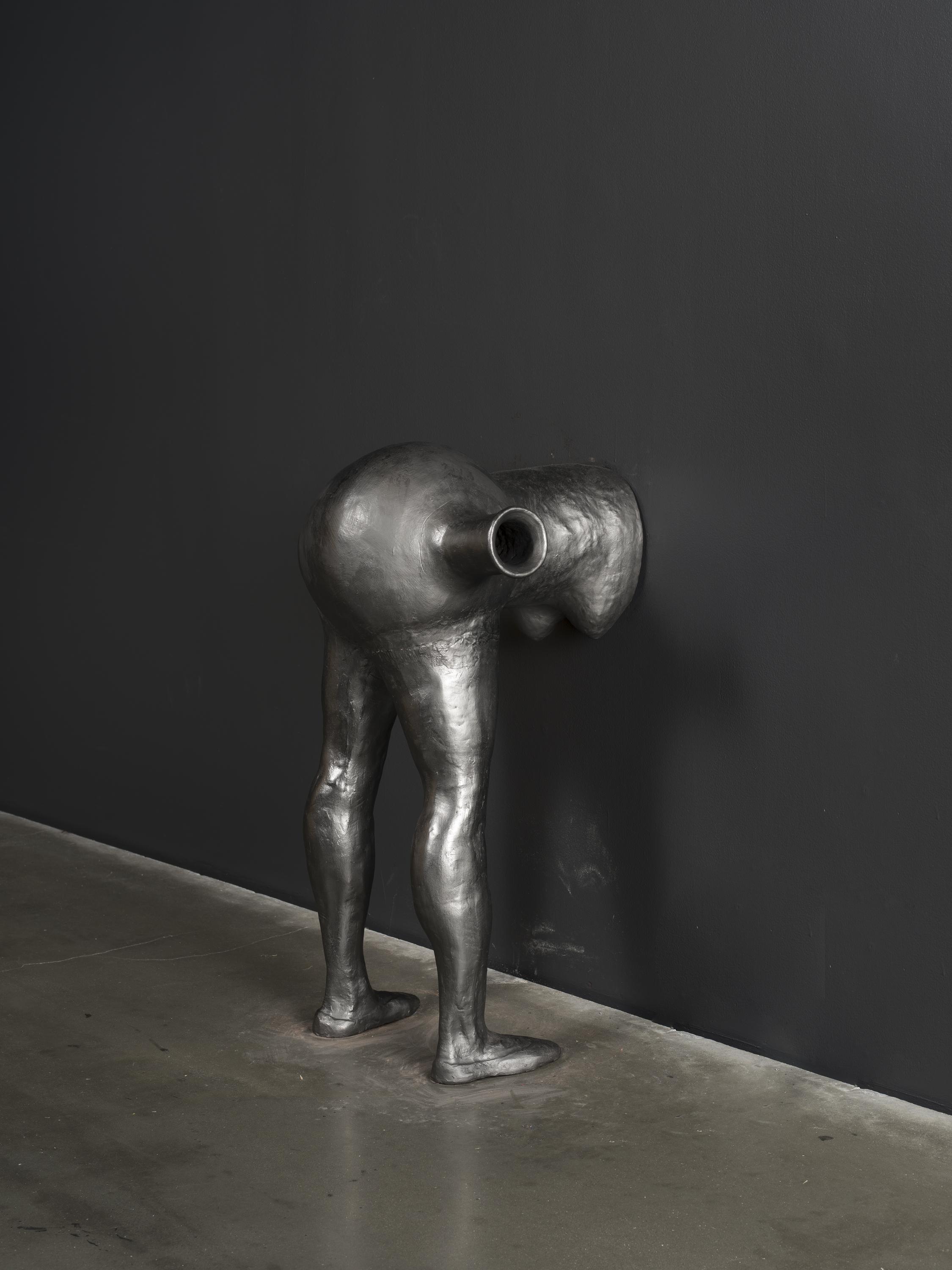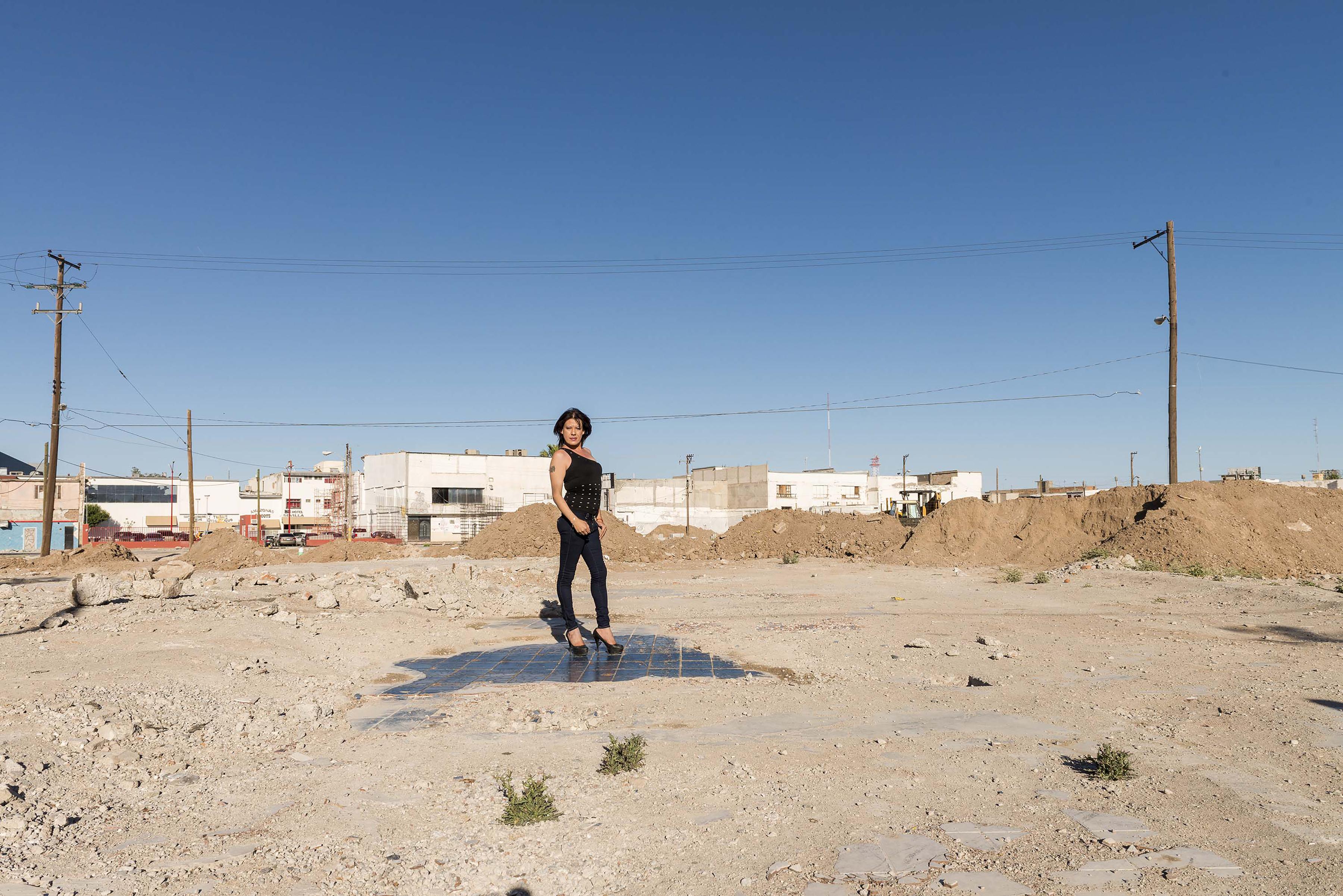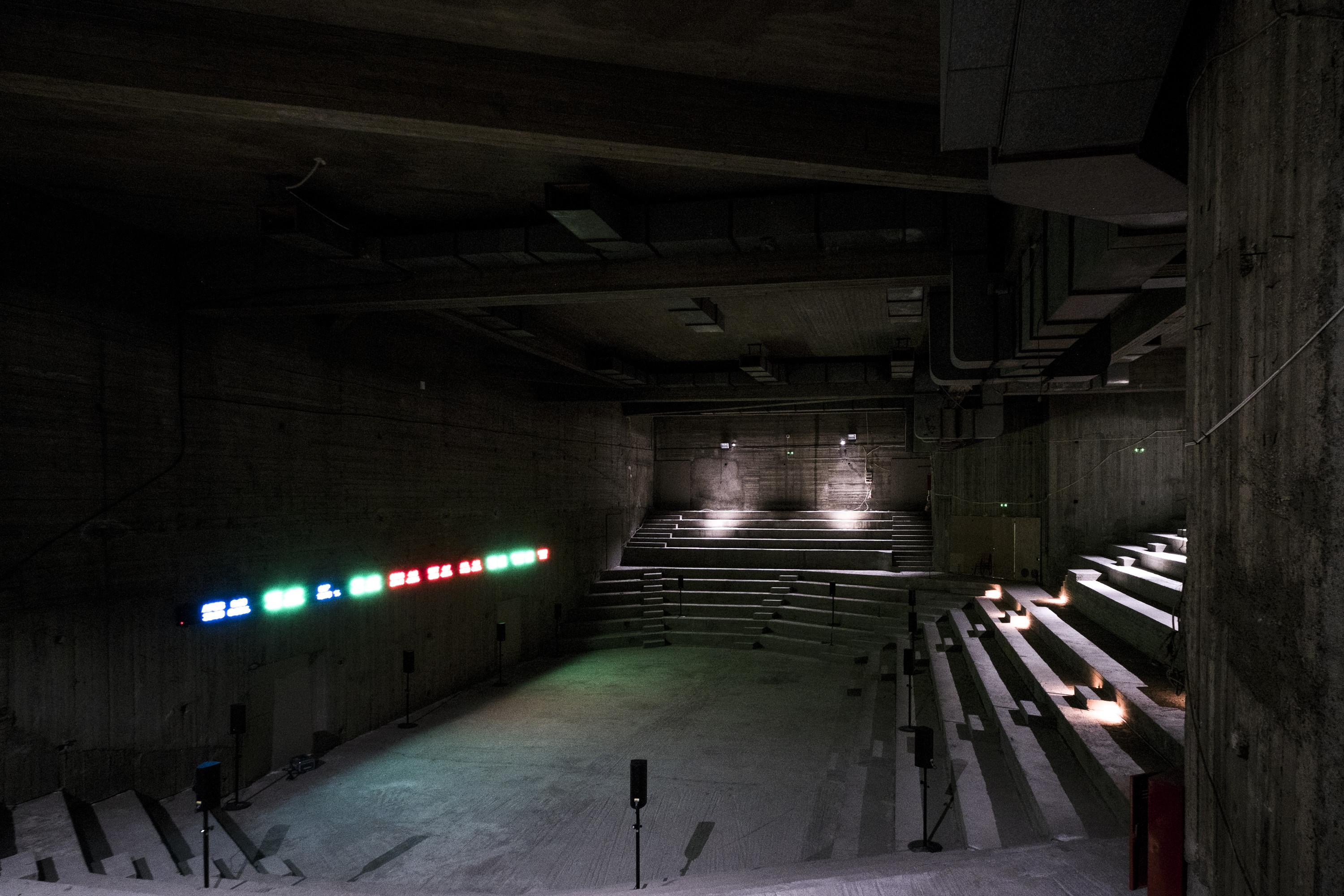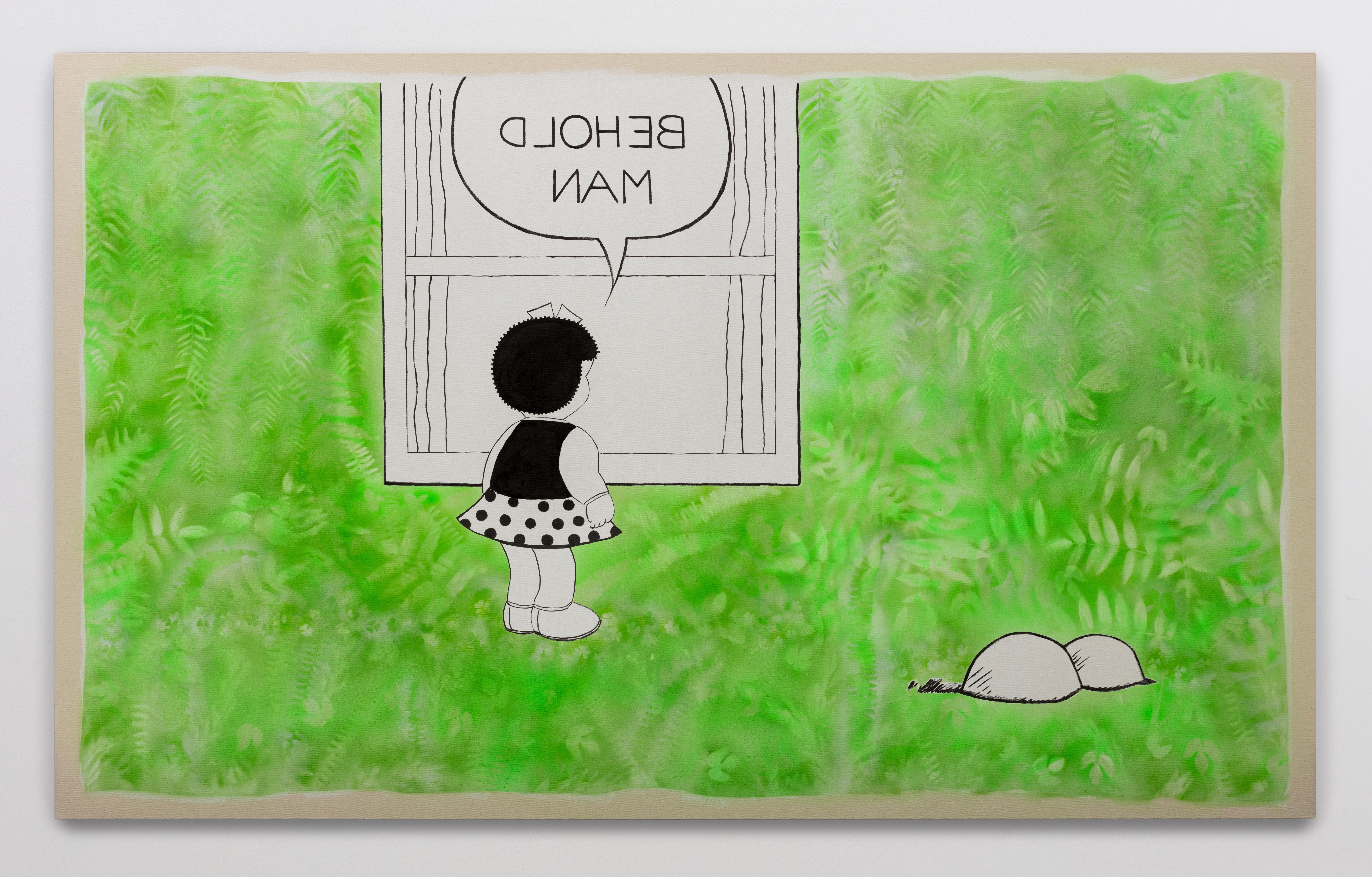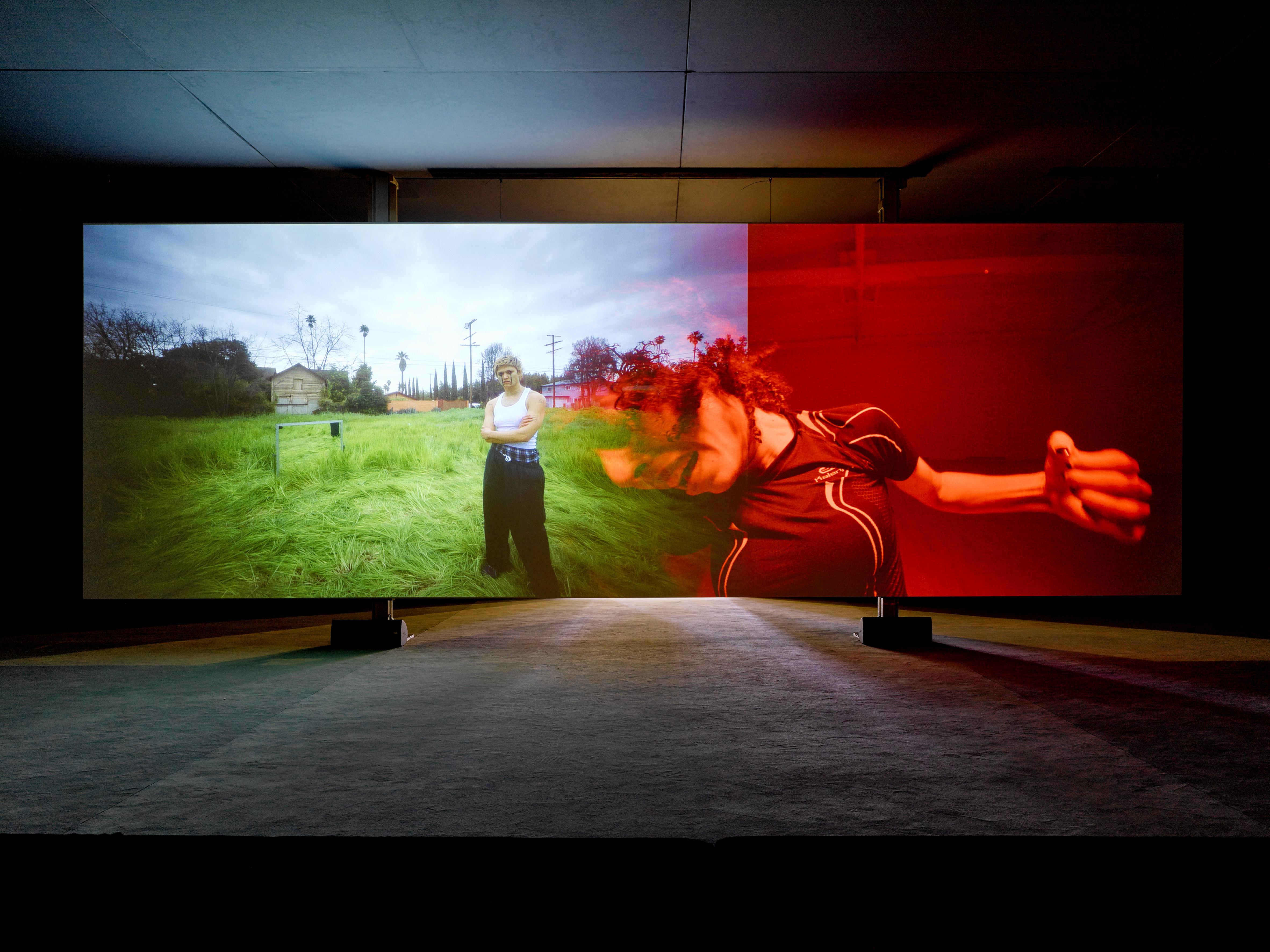Wu Tsang (b. 1982, Worcester, MA) lives and works in Los Angeles. With a focus on nightlife, club culture, and historically marginalized queer and transgender communities, Tsang’s work in film, video, and performance explores the narrative potential of the body in motion. Collaboration is central to Tsang’s mode of working, as exemplified in the live performances of Moved by the Motion, a collaboration between Tsang and the artist boychild, as well as in works Tsang creates in dialogue with poet and theorist Fred Moten.
Tsang has been the subject of solo exhibitions at FACT Centre, Liverpool (2017); Antennae Space, Shanghai (2017); 356 Mission Road, Los Angeles (2016); and Migros Museum, Zürich (2014). The artist’s work has been included in such group exhibitions as Spectrosynthesis, Museum of Contemporary Art, Taipei (2017); Ten Days Six Nights, Tate Modern, London (2017); Bergen Assembly Triennial, Norway (2016); America Is Hard to See, Whitney Museum of American Art, New York (2015); Discordant Harmony, Hiroshima Museum of Contemporary Art (2015); Made in L.A., Hammer Museum, Los Angeles (2014); Don’t You Know Who I Am?: Art After Identity Politics, MuHKA, Antwerp (2014); Blues for Smoke, The Geffen Contemporary at MOCA, Los Angeles (2012); and First Among Equals, Institute of Contemporary Art, Philadelphia (2012).
HUGO BOSS PRIZE JURY
The 2018 jury is chaired by Nancy Spector, Artistic Director and Jennifer and David Stockman Chief Curator, Solomon R. Guggenheim Foundation. The jurors are Dan Fox, writer, editor, AV Director, Frieze magazine; Sofía Hernández Chong Cuy, Curator of Contemporary Art, Colección Patricia Phelps de Cisneros, New York and Caracas, and incoming Director, Witte de With Center for Contemporary Art, Rotterdam; Bisi Silva, Artistic Director, Centre for Contemporary Art, Lagos; Susan Thompson, Associate Curator, Solomon R. Guggenheim Museum; and Joan Young, Director, Curatorial Affairs, Solomon R. Guggenheim Museum.
HISTORY OF THE PRIZE
Since its inception in 1996, the Hugo Boss Prize has been awarded to eleven innovative and influential contemporary artists: American artist Matthew Barney (1996); Scottish artist Douglas Gordon (1998); Slovenian artist Marjetica Potrč (2000); French artist Pierre Huyghe (2002); Thai artist Rirkrit Tiravanija (2004); English artist Tacita Dean (2006); Palestinian artist Emily Jacir (2008); German artist Hans-Peter Feldmann (2010); Danish artist Danh Vo (2012); American artist Paul Chan (2014); and American artist Anicka Yi (2016). The related exhibitions have constituted some of the most compelling presentations in the museum’s history.
Previous finalists include Laurie Anderson, Janine Antoni, Cai Guo-Qiang, Stan Douglas, and Yasumasa Morimura in 1996; Huang Yong Ping, William Kentridge, Lee Bul, Pipilotti Rist, and Lorna Simpson in 1998; Vito Acconci, Maurizio Cattelan, Michael Elmgreen and Ingar Dragset, Tom Friedman, Barry Le Va, and Tunga in 2000; Francis Alÿs, Olafur Eliasson, Hachiya Kazuhiko, Koo Jeong-A, and Anri Sala in 2002; Franz Ackermann, Rivane Neuenschwander, Jeroen de Rijke and Willem de Rooij, Simon Starling, and Yang Fudong in 2004; Allora & Calzadilla, John Bock, Damián Ortega, Aïda Ruilova, and Tino Sehgal in 2006; Christoph Büchel, Patty Chang, Sam Durant, Joachim Koester, and Roman Signer in 2008; Cao Fei, Roman Ondák, Walid Raad, Natascha Sadr Haghighian, and Apichatpong Weerasethakul in 2010; Trisha Donnelly, Rashid Johnson, Qiu Zhijie, Monika Sosnowska, and Tris Vonna-Michell in 2012; Sheela Gowda, Camille Henrot, Hassan Khan, and Charline von Heyl in 2014; and Tania Bruguera, Mark Leckey, Ralph Lemon, Laura Owens, and Wael Shawky in 2016.
To see a time line and a video on the first twenty years of the Hugo Boss Prize, as well as an overview of past prize catalogues, visit guggenheim.org/hugobossprize.
ABOUT HUGO BOSS AG
Since 1995, HUGO BOSS has provided critical support to many Guggenheim programs. In addition to the Hugo Boss Prize, the company has helped make possible retrospectives of the work of Matthew Barney (2003), Georg Baselitz (1995), Ross Bleckner (1995), Francesco Clemente (1999–2000), Ellsworth Kelly (1996–97), Robert Rauschenberg (1997–98), and James Rosenquist (2003–04); the presentation Art in America: Now (2007) in Shanghai; the Felix Gonzalez-Torres (2007) and Ed Ruscha (2005) exhibitions in the U.S. Pavilion of the Venice Biennale; and the exhibition theanyspacewhatever (2008–09) at the Solomon R. Guggenheim Museum. At the 54th Venice Biennale in 2011, the fashion and lifestyle group HUGO BOSS was the lead sponsor of the Allora & Calzadilla exhibition in the U.S. Pavilion. For more information, visit group.hugoboss.com/en/group/sponsoring/art-sponsoring or hugoboss.com/us/magazine/arts.
ABOUT THE SOLOMON R. GUGGENHEIM FOUNDATION
Founded in 1937, the Solomon R. Guggenheim Foundation is dedicated to promoting the understanding and appreciation of art, primarily of the modern and contemporary periods, through exhibitions, education programs, research initiatives, and publications. The Guggenheim constellation of museums that began in the 1970s when the Solomon R. Guggenheim Museum, New York, was joined by the Peggy Guggenheim Collection, Venice, has since expanded to include the Guggenheim Museum Bilbao (opened 1997) and the Guggenheim Abu Dhabi (currently in development). The Guggenheim Foundation continues to forge international collaborations that celebrate contemporary art, architecture, and design within and beyond the walls of the museum, including the Guggenheim Social Practice initiative, Guggenheim UBS MAP Global Art Initiative, and The Robert H. N. Ho Family Foundation Chinese Art Initiative. More information about the Solomon R. Guggenheim Foundation can be found at guggenheim.org.
VISITOR INFORMATION
Admission: Adults $25, students/seniors (65+) $18, members and children under 12 free. The Guggenheim’s free app, available with admission or by download to personal devices, offers an enhanced visitor experience. The app features content on special exhibitions as well as access to more than 1,600 works in the Guggenheim’s permanent collection. Additionally, information about the museum’s landmark building is available in English, French, German, Italian, and Spanish. Verbal Description guides for select exhibitions are also included for visitors who are blind or have low vision. The Guggenheim app is supported by Bloomberg Philanthropies.
Museum Hours: Sun–Wed, 10 am–5:45 pm; Fri, 10 am–5:45 pm; Sat, 10 am–7:45 pm; closed Thurs. On Saturdays, beginning at 5:45 pm, the museum hosts Pay What You Wish. For general information, call 212 423 3500 or visit the museum online at guggenheim.org.





